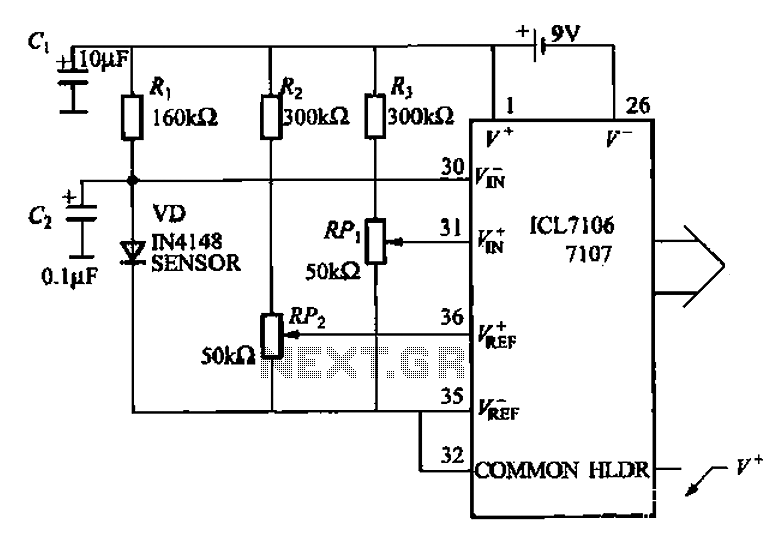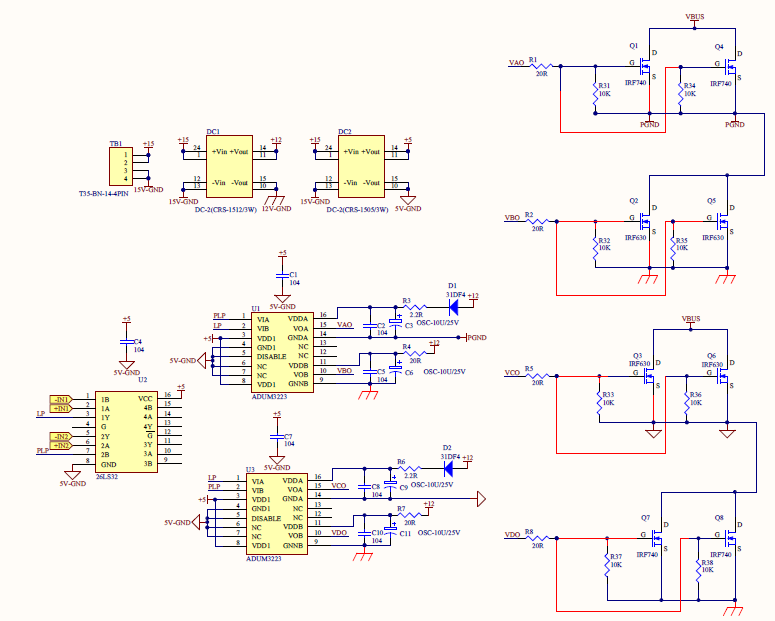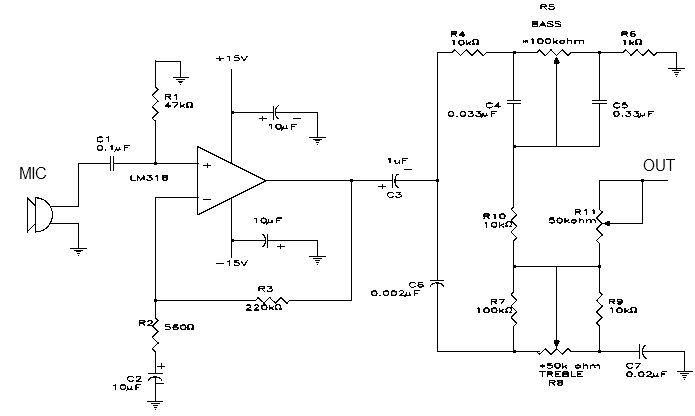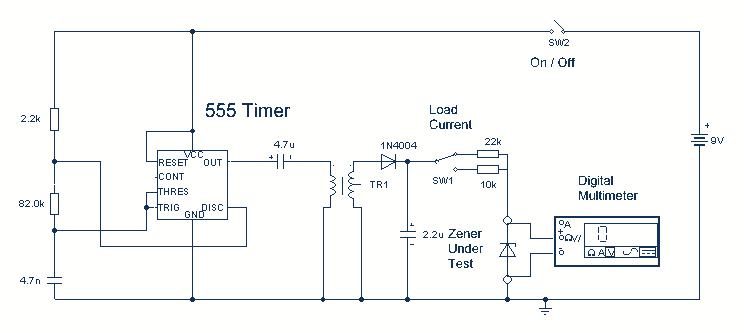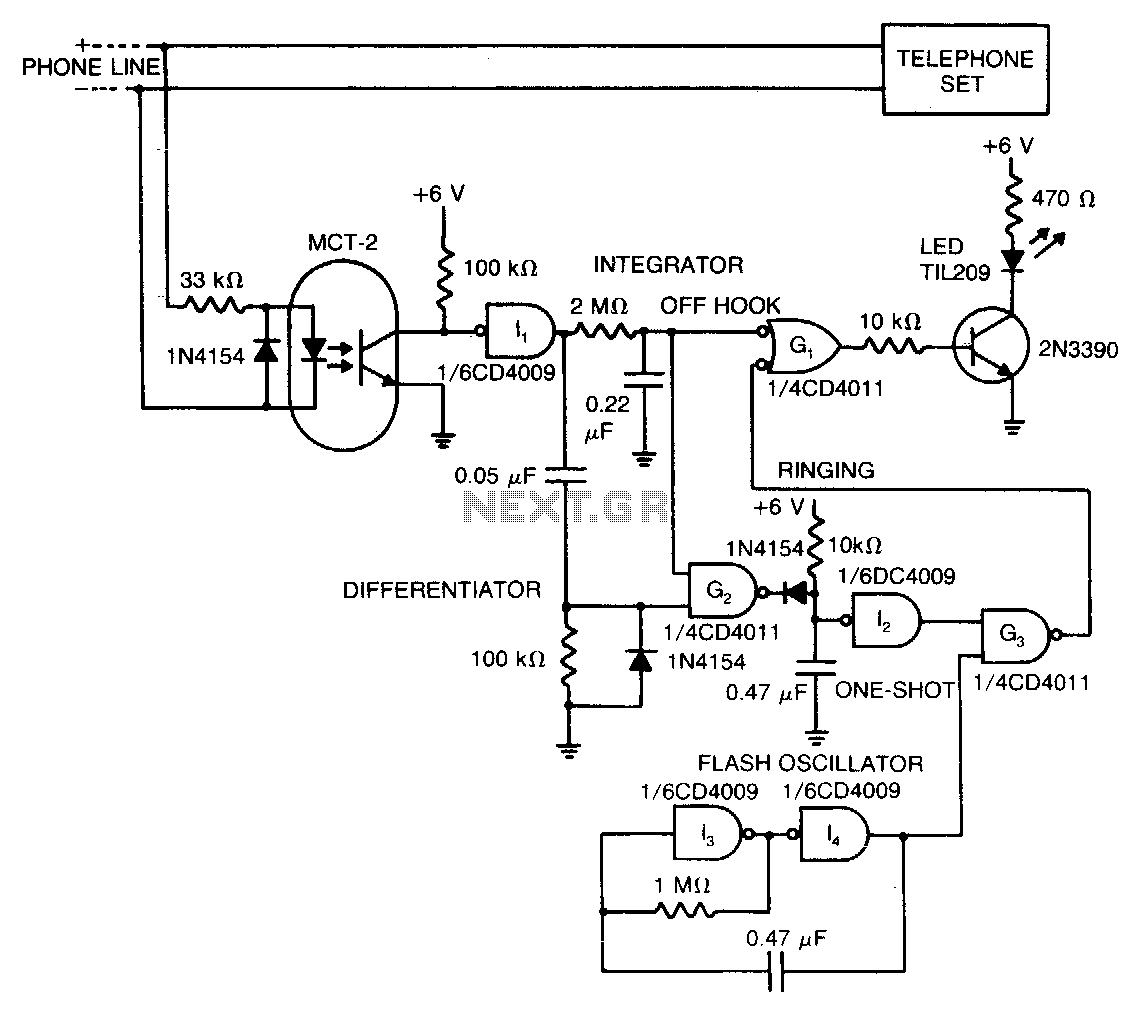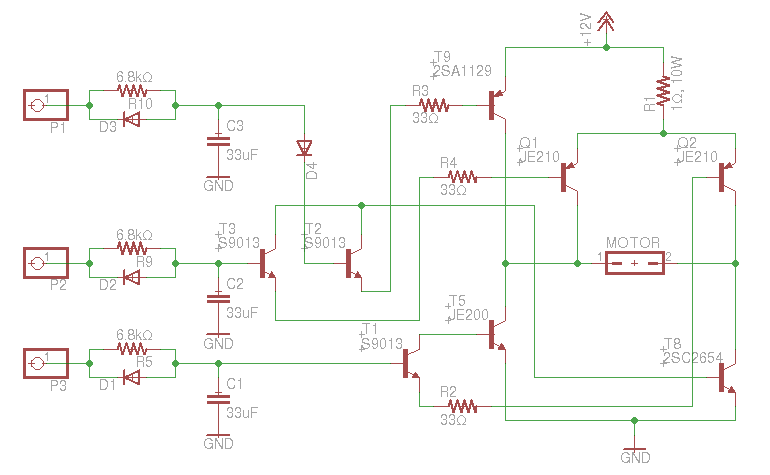
TS2418 Telephone Tone Ringer With Bridge Diode
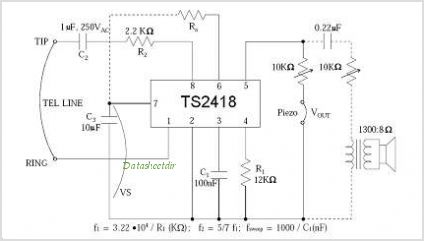
The TS4956 is a comprehensive audio system device featuring three dedicated outputs: one for stereo headphones, one for loudspeaker drive, and one mono output for a hands-free set. The stereo headphone output can deliver over 25 mW per channel of continuous average power into 16-ohm single-ended loads with a total harmonic distortion plus noise (THD+N) of 0.3% from a 5 V power supply. The device's functions are controlled through an I2C bus, reducing the number of required external components. This product is manufactured by STMicroelectronics.
The TS4956 audio system integrates multiple functionalities into a single package, making it ideal for compact audio applications. The headphone output is designed to provide substantial power, ensuring that audio playback is clear and robust, even at higher volumes. With a power output exceeding 25 mW per channel into 16-ohm loads, the device is well-suited for driving standard headphone loads, providing an adequate signal level for most consumer audio applications.
The inclusion of a loudspeaker drive output allows the TS4956 to be used in applications requiring a more powerful audio output, such as portable speaker systems or multimedia devices. The mono line output is especially beneficial for hands-free communication systems, enabling clear audio transmission without the need for additional amplifiers.
Control of the TS4956's various functions via an I2C bus is a significant advantage, as it allows for seamless integration into microcontroller-based systems. This digital interface facilitates communication with other components, enabling the adjustment of audio parameters and settings without the need for extensive external circuitry. This design approach minimizes the overall component count, thereby reducing the size and complexity of the final product.
Overall, the TS4956 represents a versatile solution for audio applications, combining high performance with ease of integration, making it a valuable component for designers looking to enhance audio capabilities in their products.The TS4956 is a complete Audio system device with three dedicated outputs, one stereo Headphone one loudspeaker drive and one mono line for a hands-free set. The stereo Headphone is capable of delivering more than 25 mW per channel of continuous average power into 16, single-ended loads with 0.
3% THD+N from a 5 V power supply. The device functions are controlled via an I2C bus, which minimizes the number of external components needed. By STMicroelectronics 🔗 External reference
The TS4956 audio system integrates multiple functionalities into a single package, making it ideal for compact audio applications. The headphone output is designed to provide substantial power, ensuring that audio playback is clear and robust, even at higher volumes. With a power output exceeding 25 mW per channel into 16-ohm loads, the device is well-suited for driving standard headphone loads, providing an adequate signal level for most consumer audio applications.
The inclusion of a loudspeaker drive output allows the TS4956 to be used in applications requiring a more powerful audio output, such as portable speaker systems or multimedia devices. The mono line output is especially beneficial for hands-free communication systems, enabling clear audio transmission without the need for additional amplifiers.
Control of the TS4956's various functions via an I2C bus is a significant advantage, as it allows for seamless integration into microcontroller-based systems. This digital interface facilitates communication with other components, enabling the adjustment of audio parameters and settings without the need for extensive external circuitry. This design approach minimizes the overall component count, thereby reducing the size and complexity of the final product.
Overall, the TS4956 represents a versatile solution for audio applications, combining high performance with ease of integration, making it a valuable component for designers looking to enhance audio capabilities in their products.The TS4956 is a complete Audio system device with three dedicated outputs, one stereo Headphone one loudspeaker drive and one mono line for a hands-free set. The stereo Headphone is capable of delivering more than 25 mW per channel of continuous average power into 16, single-ended loads with 0.
3% THD+N from a 5 V power supply. The device functions are controlled via an I2C bus, which minimizes the number of external components needed. By STMicroelectronics 🔗 External reference
